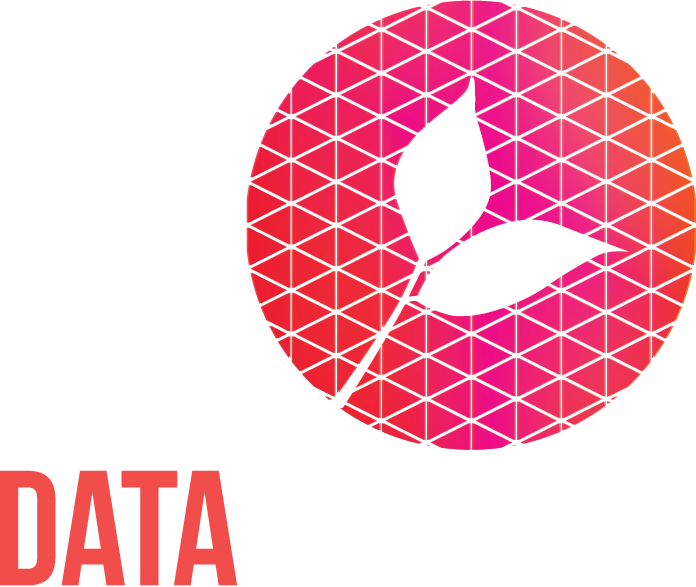It’s coming! The 2024 State of the Sector Data Maturity report
Our next State of the Sector report is coming soon. Find out more about the launch and why we’re so excited to share this year’s findings…
Five years ago, we launched our online Data Maturity Assessment to help organisations measure where they are on the five-stage journey to data maturity. There’s a free version for individual users, an organisation version for multiple users, and a cohort version for multiple organisations.
We launched the tool to help organisations understand how well they’re doing with data, work out what they need to do to get better, and measure the progress they’ve made. And we’ve been increasingly delighted to find evidence that it does exactly that.
We’ve also grown and nurtured a unique and increasingly large dataset that has much to tell us about data maturity across different sectors, how it’s changing and where the pinch points are.
Since 2020, our State of the Sector reports have presented unique insights into organisational data maturity, with a particular focus on the nonprofit sector, including NGOs (charities, social enterprises, cooperatives) social housing providers, and public sector organisations.
And our dataset is growing fast
In 2023, our State of the Sector report was based on response data from over 6,000 users.
This year, we’ve seen the number of users double – to almost 12,000.
(You may be surprised to know the number of commercial organisations using the tool has been growing considerably too.)
What’s special, and perhaps most important about our tool, is that it’s designed for everyone, whatever their job and whatever their organisation, AND it’s designed to be taken as a collective whole-organisation endeavour by as many people as possible. That means lots of staff (sometimes all of them) take part in the assessment process.
Being data people ourselves, we take pride in maintaining accuracy and transparency in our work.
It’s crucial to ensure our benchmark is based on good data. We do a lot of cleaning (excluding responses from personal/fake email accounts, duplicates, incompletes). We validate and match respondents to organisations that definitely exist in the world (e.g. companies house/charity commissions/public mutuals register). And, hey presto, we have a huge treasure trove of quality data, from:
Almost 1,000 organisations (997 at the time of writing), from 56 different countries around the world.
As you can imagine, we’ve been overjoyed to be immersed in all that data, and we can't wait to share the latest findings and insights with everyone in the 2024 State of the Sector report.
What can you expect to see?
More fish in the sea
You’ll see similar analysis to previous State of the Sector reports – now based on a much larger dataset. Will that make a difference to the findings? You’ll have to come along to our launch event to find out ;-)
Here’s our fishualisation from the 2023 report:
Longitudinal analysis
As our fourth report in the series, we’re now able to extend our longitudinal analysis on what’s changing over time. Last year we uncovered some areas that were getting worse, so we’ll be taking a look to see whether that’s still the case.
Comparing sectors, countries and regions
Whilst commercial organisations are included for sector comparisons, the report primarily looks at nonprofit (non-commercial) organisations.
Our research over the past five years shows considerable variation in the data maturity of organisations within all sectors. Last year’s findings indicated slight differences were beginning to emerge between sectors, subsectors and countries/regions (see our State of the Sector 2022-23 report). Notably we found that the public sector appeared to be edging slightly ahead.
This year, we’re taking a deep dive into the differences between NGOs and public sector organisations.
Be first to see it all
If you want to be first to see the 2024 State of the Sector report, with all the juicy highlights, register now to come along to our online launch event, 12-1pm on Wednesday 23 October.
Attendees of the event will have an exclusive preview of the report (and be emailed a link to the full report), before we publicise the findings more widely.
… or…



